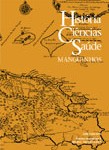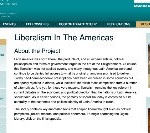Feb 26th

Llama (BUFFON, Georges Louis Leclerc, comte de et al. Herrn von Buffons Naturgeschichte der vierfüssigen Thiere. v.20, Bd.13. Berlin: Joachim Pauli, 1778. Available at: https://www.biodiversitylibrary.org/page/57611903)
Upon first glance, llamas (Lama glama) appear almost comical; they seem like they were invented for a Disney cartoon. The llama is the largest domesticated animal species from South America and is today found worldwide. Andean peoples have used the llama for millennia for meat, wool, packing, spiritual etc.
The article Learning from the llama: on the broad contours of cultural contributions and geographic expansion by Emily Wakild, Professor of History and director of Environmental Studies at Boise State University, USA, posits three eras of llama/human entanglements: the era of domestication in pre-Columbian Andean sites; the era of dispersal and co-mingling, from 1530s to the 1890s; and finally popular fads and global appeal.
Reference:
Wakild, Emily. Learning from the llama: on the broad contours of cultural contributions and geographic expansion. História, Ciências, Saúde-Manguinhos [online]. 2021, v. 28, suppl 1.
This article is part of the supplement: Unbalanced reciprocities: the history of relationships between animals.











